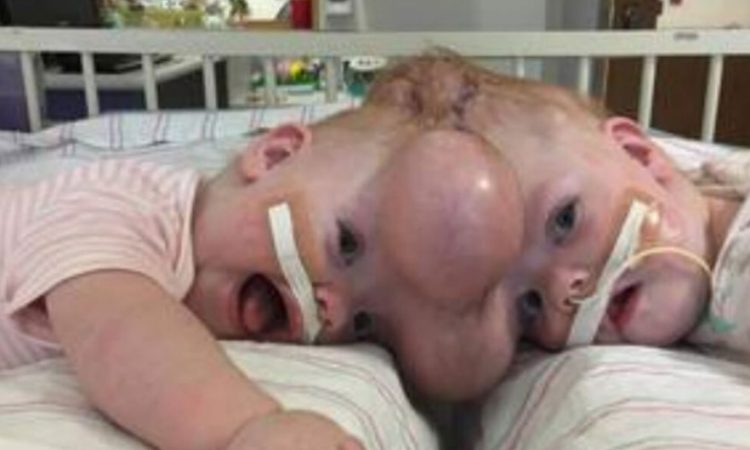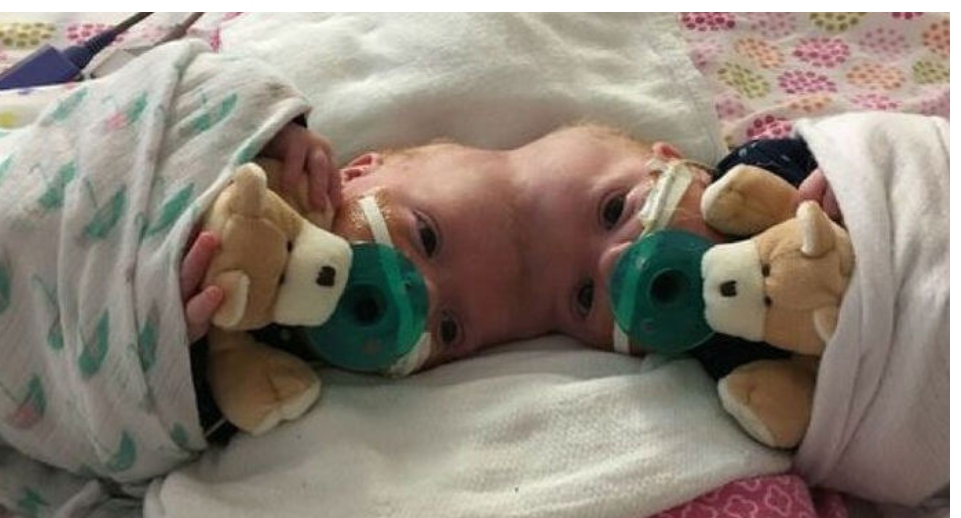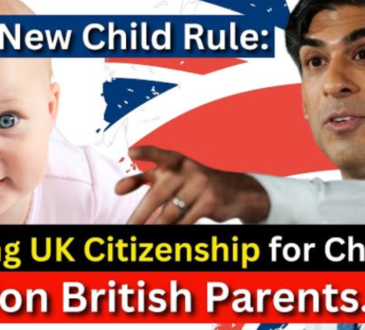
There are plenty of inspiring stories out there – both viral ones and those via official news media outlets – about conjoined twins, both those who had a successful separation surgery and those who were, unfortunately, unable to afford such an operation or opted not to.
Among these wonderful stories includes the likes of Abby and Erin Delaney, a pair of conjoined twins.
Although they have experienced much hardship since their birth, these babies have been an awe-inspiring example of overcoming the odds they faced.
Their story may actually have never been heard – their mother, Heather Delaney, and her husband had never intended to have children at this point in time.
However, upon discovering she had already been pregnant for 11 weeks, she decided to keep her children push forward instead.
With the support of her husband, they prepared themselves to take on the burden and responsibility of child-bearing.

Alas for Heather, her pregnancy proved itself to be a rough journey to embark upon due to her babies having their heads conjoined together.
This was worrying, as most twins in similar cases often develop issues stemming from the fact that they often end up sharing brain tissues.
With just how rare conjoined twins seem to be, you might be forgiven for thinking that such cases do not occur often.
Surprisingly, this actually happens a lot more often than the average person realizes. Statistics show that when it comes to identical twins, 1 in 200 pregnancies and 1 in 49,000 to 189,000 births results in conjoined twins.
The rarity of such births stems from the fact that only 18% of conjoined babies survive – most pregnancies involving conjoined twins will result in miscarriages.
Conjoined twins are always identical twins.
One of the most popular theories as to why this happens is that such pregnancies are the result of ‘fission’, wherein the fertilized egg doesn’t split apart completely.
As a result, most fetuses will share a single placenta, chorion, and amniotic sac. As you can imagine, this often results in low survival rates for conjoined infants.
For Heather and her husband, this meant that they could not bring their newborn girls home for 485 days.
Instead, the babies were forced to call the Children’s Hospital of Philadelphia home for a year and three months until they could undergo the operation.
Luckily, their surgeons were determined, and with the support of 30 medical staff and a grueling 11-hour operation, doctors could deem the surgery a success.
Despite some complications, the girls were separated!
Sadly, this operation was not without some minor caveats – Abby’s sinuses will be missing some parts.
Overall, however, their doctors expressed confidence that the twins will otherwise live a happy and healthy life as separate individuals.
In their favor is the fact that they underwent the surgery as soon as they could – according to experts, the younger the child is when they undergo the operation, the faster the healing process.
Since the surgery, the girls are doing well.
They are progressing through their milestones such as rolling over and crawling with no apparent issues, and their prospective futures look bright!




